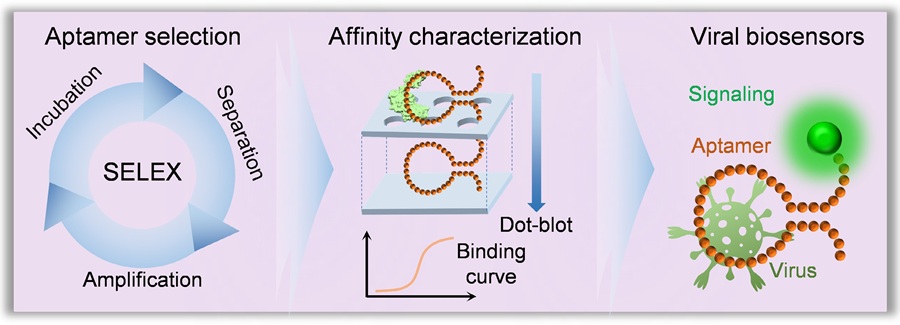Optimized Microscope Hardware Developed for Accurate Image Classification
By LabMedica International staff writers
Posted on 03 Dec 2019
Despite the widespread automation enabled by new post-processing software, the physical layout of the standard microscope has still changed relatively little as it is, for the most part, still optimized for a human viewer to peer through and inspect what is placed beneath.Posted on 03 Dec 2019
A microscope has been developed that adapts its lighting angles, colors and patterns while teaching itself the optimal settings needed to complete a given diagnostic task. Rather than diffusing white light from below to evenly illuminate the slide, engineers developed a bowl-shaped light source with LEDs embedded throughout its surface. This allows samples to be illuminated from different angles up to nearly 90 degrees with different colors, which essentially casts shadows and highlights different features of the sample depending on the pattern of LEDs used.

Image: A new type of microscope has been developed that uses a bowl studded with LED lights of various colors and lighting schemes produced by machine learning (Photo courtesy of Duke University)
An international team of bioengineers working with Duke University (Durham NC, USA) fed the microscope hundreds of samples of malaria-infected red blood cells prepared as thin smears, in which the cell bodies remain whole and are ideally spread out in a single layer on a microscope slide. Using a type of machine learning algorithm called a convolutional neural network; the microscope learned which features of the sample were most important for diagnosing malaria and how best to highlight those features.
The algorithm eventually landed on a ring-shaped LED pattern of different colors coming from relatively high angles. While the resulting images are noisier than a regular microscope image, they highlight the malaria parasite in a bright spot and are correctly classified about 90% of the time. Trained physicians and other machine learning algorithms typically perform with about 75% accuracy. The team also showed that the microscope works well with thick blood smear preparations, in which the red blood cells form a highly non-uniform background and may be broken apart. For this preparation, the machine learning algorithm was successful 99% of the time.
Roarke Horstmeyer, PhD, an assistant professor of biomedical engineering and senior author of the study, said, “A standard microscope illuminates a sample with the same amount of light coming from all directions, and that lighting has been optimized for human eyes over hundreds of years. But computers can see things humans can't. So not only have we redesigned the hardware to provide a diverse range of lighting options, we've allowed the microscope to optimize the illumination for itself.” The study was published in the November, 2019 issue of the journal Biomedical Optics Express.
Related Links:
Duke University













